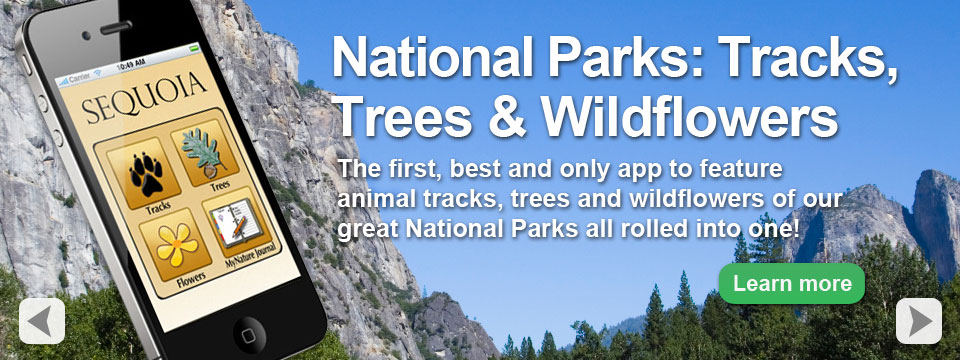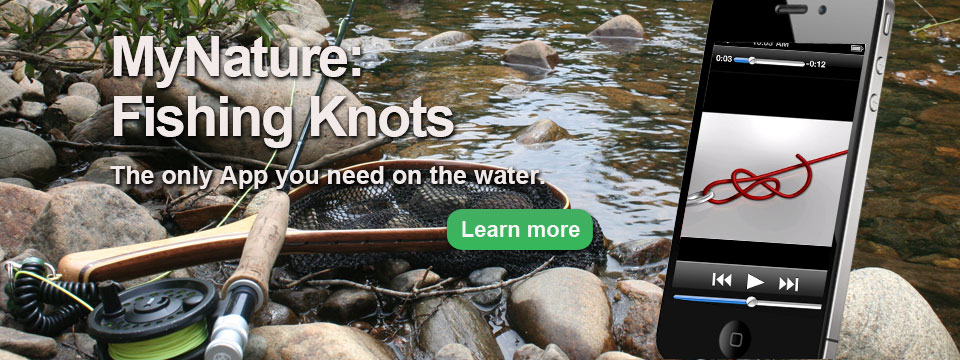One of the best ways to narrow down what animal tracks you found is to study the gait pattern the animal used. Animals are categorized by Family and each family has it’s own preferred method of transportation. Animals in the Weasel family use a bounding gait. A bound is a when the animal pushes off his hind feet and does a short leap landing on his front feet with the rear tracks registering just behind the front. All four feet are in a tight group resembling a small rectangle. The image of the Mink’s gait at right shows just how this looks. 
The members of the Weasel family that most commonly utilize this type of gait pattern are the Mink, Short-tailed Weasel, Long tailed Weasel, Least Weasel, Otter, Fisher, Pine Marten and Badger. Once you have identified the gait pattern you can measure the individual tracks to narrow down what animal tracks you found. Paying attention to the habitat you found the tracks in is just as important as the tracks themselves. If you observed this type of gait pattern in the middle of a coniferous forest with no water nearby this would point more toward a Marten or a Fishers track. Close to a stream bank or body of water would tend to be an Otter or Mink. The tracks above were following a stream bank and the individual size of the tracks gave this animal away as a Mink.
Of coarse it’s not always that easy is it? As I mentioned members of the Weasel family prefer a bounding gait and use that most times to travel but they don’t always bound. You may find tracks that resemble the gait of the Bear family as in the Otter image below. This Otter was utilizing the pacing gait where all four feet register separately not grouped as in a bound. Rest assured he eventually broke back into his bounding pattern a short distance away.
If you follow a set of tracks far enough you may get a chance to see the various gait patterns used by each animal. Just remember that the most predominantly used gait will point you toward which Family the animal you found belongs to.
Happy Tracking!!






















What Others Have to Say